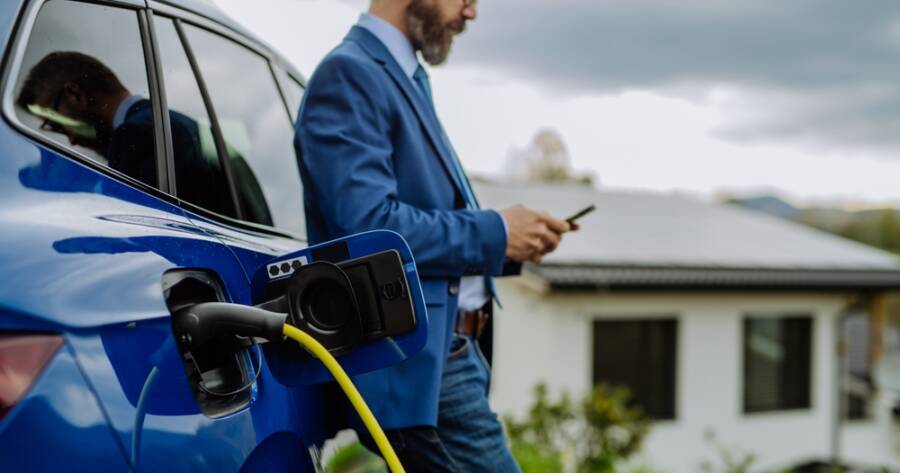The future of transportation is electric, with electric vehicles (EVs) paving the way for a cleaner, more sustainable mode of travel. As technology advances and environmental concerns rise, EVs are becoming more accessible and efficient. This exploration offers insights into developments, challenges, and trends that may shape the journey of electric vehicles in the years to come.
Technological Innovations in Electric Vehicles
Electric vehicle technology is rapidly evolving, with significant strides in battery efficiency and range. Modern EV batteries are increasingly offering longer distances per charge and quicker charging times, potentially enhancing their appeal over traditional vehicles. Research and development in solid-state batteries may further revolutionize energy storage.
In addition to battery advancements, integration of smart technology, including AI and IoT, is transforming the driving experience. Features such as autonomous driving capabilities and connectivity with other smart devices could redefine transportation. These innovations may lead to a future where driving is safer, more efficient, and environmentally friendly.
Environmental Impact and Sustainability
One of the primary motivations for the shift to electric vehicles is the potential for reducing carbon emissions. As EVs produce no tailpipe emissions, they could significantly lower pollution levels, contributing to the fight against climate change. The transition to renewable energy sources for electricity generation would enhance these environmental benefits.
Sustainability in manufacturing is also a crucial focus within the EV industry. Efforts to source materials ethically and recycle batteries demonstrate an ongoing commitment to reducing ecological footprints. As awareness and innovation grow, the lifecycle impact of electric vehicles stands to improve continually.
Government Policies and Incentives
Government initiatives play an essential role in accelerating the adoption of electric vehicles. Subsidies, tax credits, and incentives for both manufacturers and consumers might make EVs more financially viable. Investment in charging infrastructure is crucial to support growing demand and enhance accessibility.
Policies focusing on stricter emissions regulations and phasing out internal combustion engines further drive the shift to electric vehicles. Countries and cities leading the EV transition influence global markets and set benchmarks for others to follow. Collaborative efforts between governments and the automotive industry could foster an environment ripe for innovation.
Challenges and Barriers to Adoption
Despite progress, several challenges hinder widespread EV adoption. Charging infrastructure remains a primary concern, with inconsistent availability and speed posing significant hurdles. Urban areas might benefit from increased investment in public charging solutions, while rural locations may need inventive strategies to bridge the gap.
Affordability is another barrier, though prices are gradually decreasing as technology advances and production scales up. Public perception and resistance to change also play roles, highlighting a need for greater education and awareness about electric vehicles’ benefits and capabilities.
The Role of Automakers in Advancing EVs
Automakers are pivotal in driving the future of electric vehicles through investment in research and development. Traditional automotive companies are transitioning their product lines to include more electric options, while new companies emerge specializing solely in electric vehicles.
Collaboration between automakers, technology firms, and governments could spur innovation and overcome existing challenges. The competitive environment within the industry fosters creativity, leading to unique designs and technological advancements. As automakers prioritize sustainability, the alignment of corporate strategies with environmental goals helps propel the EV movement.
Consumer Trends and Perspectives
Consumer interest in electric vehicles is steadily growing, driven by increasing environmental awareness and the desire for cost-effective transportation. Early adopters have paved the way, breaking down misconceptions about EV performance and range. Social media and digital communities promote information sharing, enabling broader engagement with prospective buyers.
Test drives and hands-on experiences often persuade potential buyers by showcasing EVs’ benefits firsthand. As familiarity grows, it’s plausible that electric vehicles will transition from niche products to mainstream options. The influence of consumer perceptions and demands could shape the direction of future EV offerings.
Learn More Today
The journey toward widespread electric vehicle adoption is both challenging and promising. By navigating technological advancements, environmental goals, government policies, and consumer trends, the EV industry appears poised for substantial growth. Those interested in the evolution of transportation have much to explore as the automotive landscape continues to shift toward a sustainable future.

